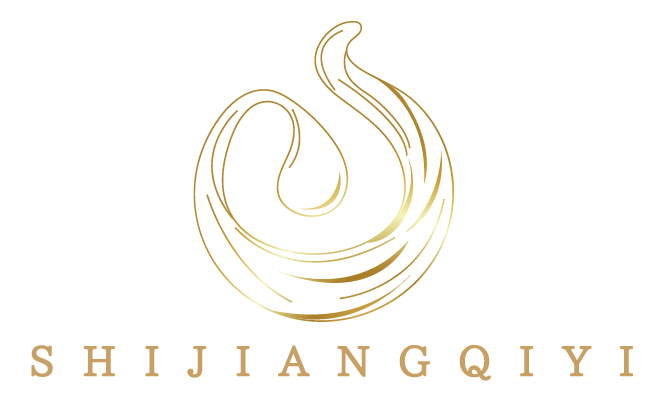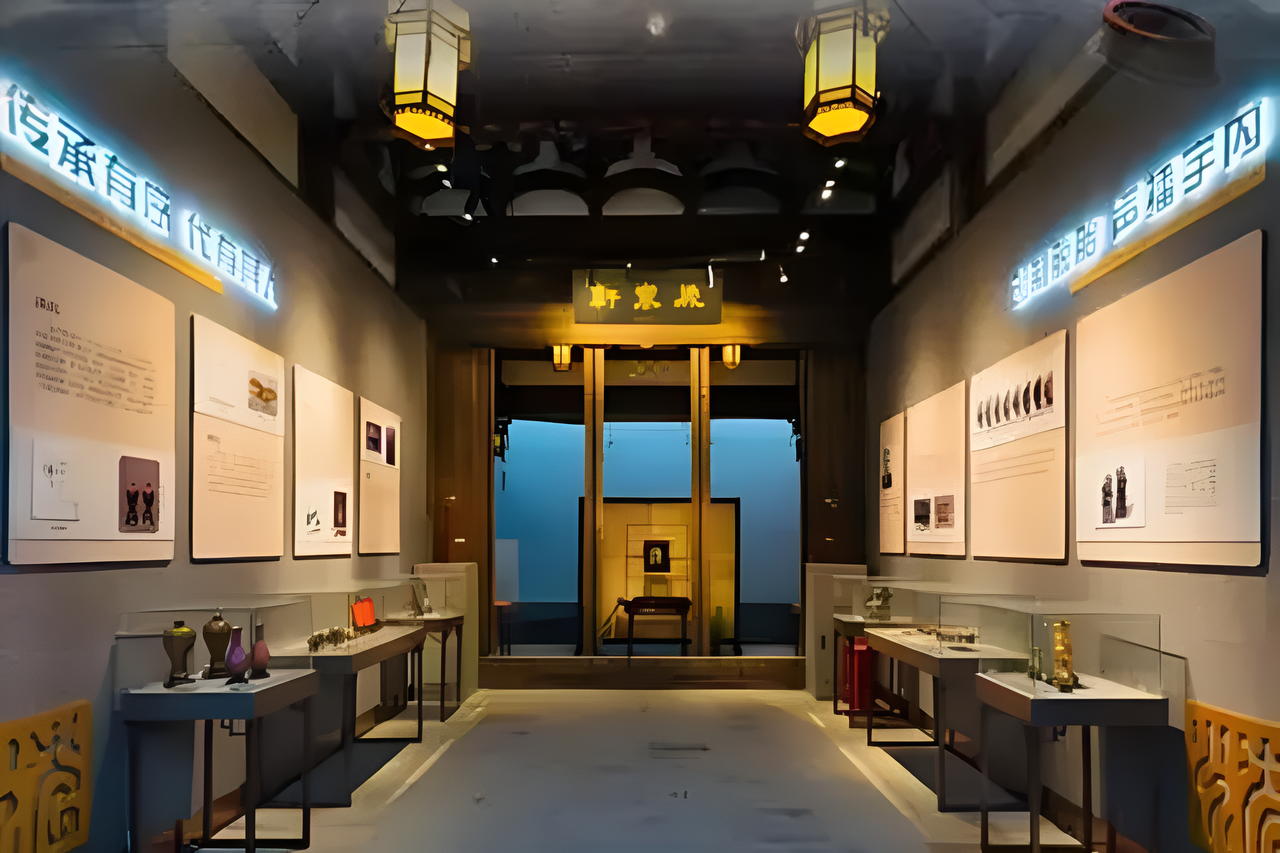Fuzhou, a city steeped in profound historical and cultural heritage, captivates not only with its picturesque natural scenery but also shines brightly in the constellation of Chinese and global arts and crafts with its exquisite traditional craftsmanship – Fuzhou Bodiless Lacquerware. Revered alongside Beijing Cloisonné and Jiangxi Jingdezhen Porcelain as the “Three Treasures of Chinese Handicrafts,” Fuzhou Bodiless Lacquerware is like a pearl polished by time, radiating a unique and enchanting brilliance, embodying the cultural essence and aesthetic pursuits of the Chinese nation for thousands of years.
Tracing the Origins: The Genesis and Lineage of an Ancient Craft
Lacquerware in China boasts a long history of over 8,000 years. As early as the distant Paleolithic Age, primitive humans, through close contact with nature, accidentally discovered that the natural sap extracted from lacquer trees, when applied to the surface of wooden objects, could form a long-lasting protective layer, thus giving birth to lacquerware. This great discovery initiated the precedent for humankind to use natural materials to beautify and protect objects, laying the foundation for the development of later lacquerware craftsmanship.

While Fuzhou Bodiless Lacquerware originated in the Qing Dynasty, its roots can be traced back to the lacquerware making traditions of Fuzhou during the Southern Song Dynasty. By the Southern Song Dynasty, lacquerware production in Fuzhou had already reached a certain scale, with its exquisite craftsmanship and unique style gaining local recognition. It was the lacquer artisan Shen Shao’an during the Qianlong reign of the Qing Dynasty who truly made Fuzhou Bodiless Lacquerware famous and brought it to its glory.
Legend has it that Shen Shao’an, by chance, passed by a dilapidated temple. The wooden plaque of the temple gate had rotted away, but the base, made by pasting cloth with raw lacquer, remained as sturdy as ever. This peculiar phenomenon led Shen Shao’an into deep thought. He keenly perceived the enormous craft value within it. Combining the traditional lacquer art technique of “jia zhu,” which involves first shaping a mold with clay, then using lacquer to paste hemp cloth onto the clay mold, and after the lacquer dries, repeatedly applying more layers before removing the clay mold to leave a hollow lacquer form, Shen Shao’an embarked on a long and arduous journey of research.
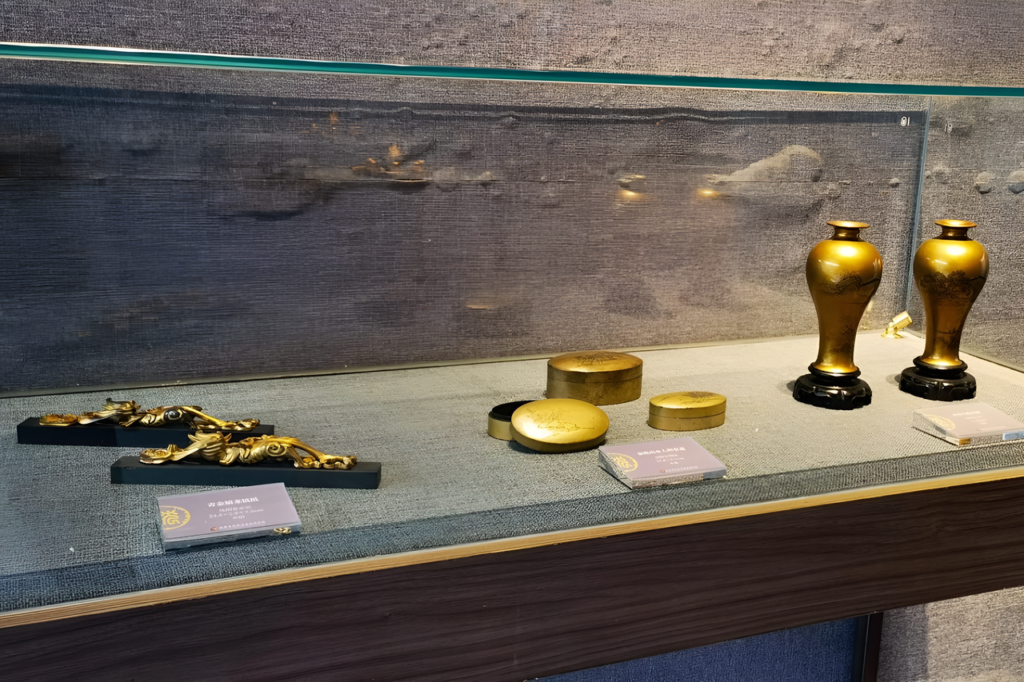
He immersed himself in his workshop day and night, repeatedly experimenting with various materials and techniques. After countless failures and attempts, he finally pioneered the bodiless lacquerware craftsmanship. He used clay to create the shape of the object, dried it, and then mixed raw lacquer with tile ash to make lacquer mud. He tightly pasted hemp cloth, coated with lacquer mud, onto the clay mold. Next, he repeatedly brushed the hemp cloth with lacquer mud of increasingly finer particles, gradually making the pores on the surface finer and the surface smoother. At this point, the completely dried lacquer mud and hemp cloth became an extremely hard shell. The artisans gently tapped the hemp cloth shell with wooden sticks, and the shattered clay mold fell out from the opening, achieving the “tuo tai” (removal of the body). Afterward, they repeatedly brushed lacquer onto the surface of the hemp cloth shell until it shone like a mirror, ready for decorative patterns, or “xiu shi” (coating and decoration). The craftsmanship pioneered by Shen Shao’an revitalized the lost jia zhu technique and laid a solid foundation for the development of Fuzhou Bodiless Lacquerware, ushering in a new era for Fuzhou’s lacquer art.
The Art of Creation: Exquisite Skills Forging Artistic Treasures
The production process of Fuzhou Bodiless Lacquerware is extremely complex, like a meticulously choreographed dance, with each step closely linked and indispensable. It can be roughly divided into three stages: shaping the body, applying lacquer ash as the base, and decorating with patterns, each stage containing numerous detailed sub-processes.
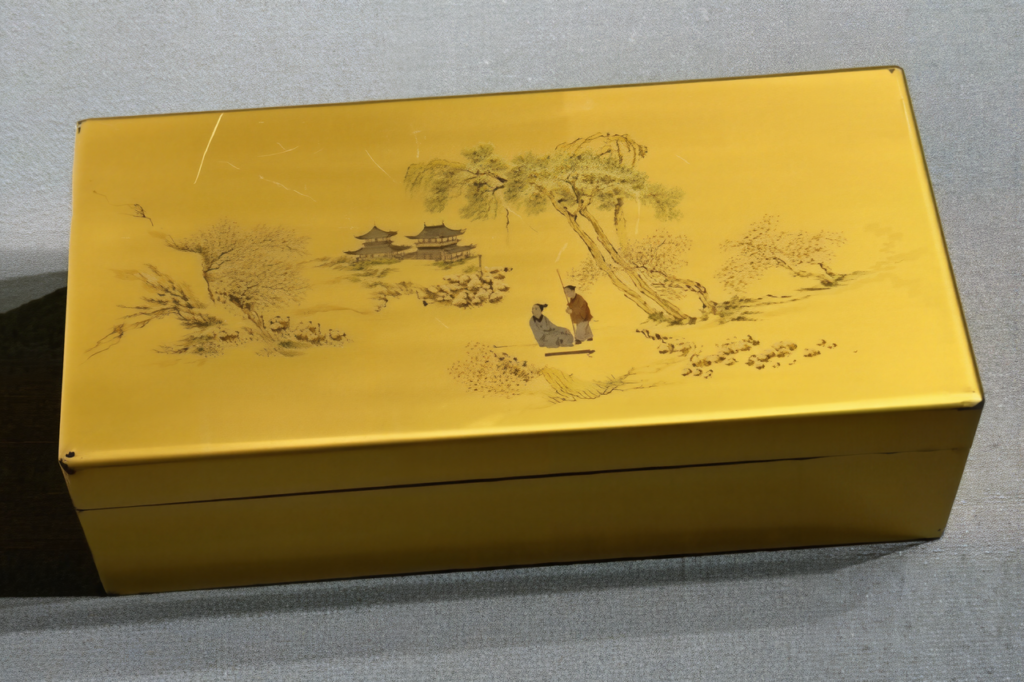
Among these, shaping the body and applying the lacquer ash base are the most crucial and unique stages. The artisans, like highly skilled sculptors, first create exquisite object models using wood, clay, or plaster. Then, they layer hemp cloth onto the mold, as if draping a mysterious veil over the object. Next comes the application of lacquer and scraping of ash. Each application of lacquer is like infusing the object with a soul, and each scraping of ash is like meticulously carving it. During the shade-drying process, the object quietly transforms with the passage of time, gradually detaching from the original mold to form a new bodiless shape. Then, ash is applied, polished, and lacquer is applied and polished on the surface of this new body. This series of processes is like giving the object a magnificent makeover, making its surface even smoother and more delicate. Finally, decorations are added, and an exquisite piece of bodiless lacquerware is born, like a carefully polished gemstone radiating captivating brilliance.
Made through nearly a hundred processes, Fuzhou Bodiless Lacquerware possesses many outstanding characteristics, making it a miracle of arts and crafts. It is solid and firm, as if possessing an iron will capable of resisting the erosion of time; corrosion-resistant and temperature-resistant, maintaining its quality whether in humid environments or under high-temperature tests; and it does not crack or deform, always maintaining its initial perfect form. At the same time, it is “as light as a feather to lift, as heavy as nine dragon cauldrons to behold,” possessing both lightness and solidity, like a perfect combination of nature and human wisdom.
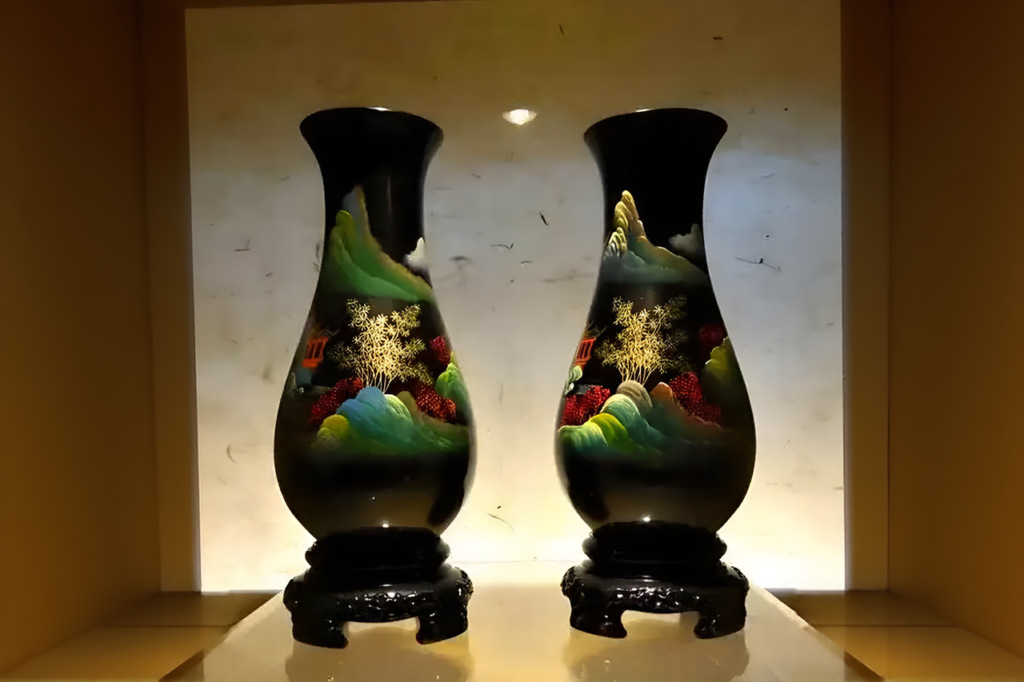
Its coating and decoration techniques are even more diverse, like a magnificent and colorful art treasury. After the founding of the People’s Republic of China, lacquer artisans, based on traditional techniques such as gold tracing on vermilion lacquer, silver inlay with colored painting, tai hua (raised patterns), and mother-of-pearl inlay, also developed new techniques such as gemstone sparkle, chen hua (submerged patterns), and dui qi fu diao (piled lacquer relief). These techniques intermingle and complement each other, making Fuzhou Bodiless Lacquerware “gorgeously colored and as bright as a mirror,” with “thousands of patterns and myriad decorations, dazzling and beyond description.”
Among the common coating and decoration techniques, plain coating (su xiu) mainly uses monochrome application, such as black and red, showcasing a simple and elegant beauty, like a light and graceful ink wash painting, giving a sense of tranquility and remoteness. Eggshell inlay is often used for architectural and floral decorations, using lacquer to adhere eggshells to replace pure white in expressing the density and layering of petals, making them as white as jade, as if freezing the beauty of nature onto the object, lifelike and vivid. Rhinoceros hide (xi pi) technique is mainly reflected in lacquer jewelry and antique objects, using substances such as egg white, flour, and bean dregs to fill colored lacquer and pile it high on the surface of the object. After shade-drying, multiple layers of lacquer are applied and repeatedly polished to form dot-shaped and circular textures, like the wrinkles of rhinoceros hide, with a unique charm, as if telling the stories of time.
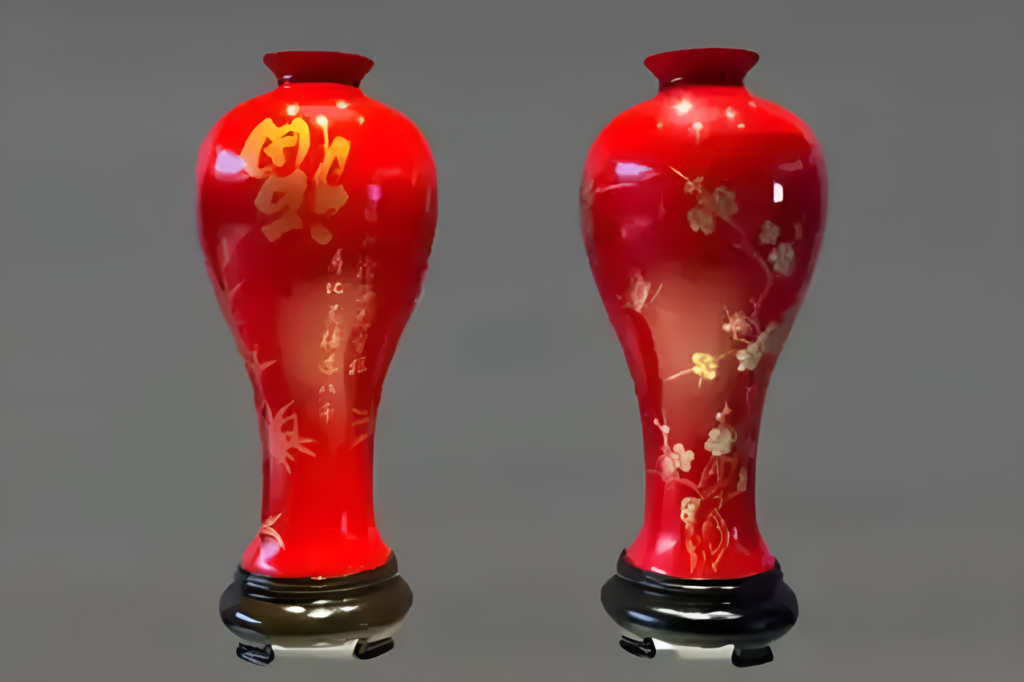
A Legacy of Brilliance: Shining on Domestic and International Stages
With its exquisite craftsmanship and unique charm, Fuzhou Bodiless Lacquerware has repeatedly won awards on domestic and international stages, becoming an outstanding representative of Chinese traditional crafts.
As early as the 1889 Paris World Expo, Fuzhou Bodiless Lacquerware amazed every viewer with its extraordinary expressiveness. Its gorgeous colors, exquisite craftsmanship, and unique shapes, like artistic elves floating from a mysterious Eastern country, won a gold medal amidst a series of praises such as “precious black gemstones” and “oriental treasures.” This honor not only made Fuzhou Bodiless Lacquerware famous but also gave the world a new understanding and respect for Chinese traditional crafts. Since then, Fuzhou Bodiless Lacquerware has become a highly anticipated focus on the international stage, frequently appearing in various international exhibitions and exchange activities, and its reputation has rapidly spread worldwide.
Domestically, Fuzhou Bodiless Lacquerware is equally favored. It is one of the “Three Treasures of Chinese Handicrafts” alongside Beijing Cloisonné and Jiangxi Jingdezhen Porcelain, and as one of the “Four Great Lacquer Wares of China” alongside Yangzhou Lacquerware, Pingyao Push-Glow Lacquerware, and Chengdu Lacquerware, its magnificent appearance and unique production process have been deeply loved by the Chinese people for hundreds of years. Its variety ranks first in the national lacquerware industry, ranging from large pieces such as the large lacquer painted screen, the large painted vase, and the bodiless imitation bronze large lion displayed in the Great Hall of the People in Beijing, which showcase the great spirit of the Chinese nation, to small daily necessities such as smoking sets, tea sets, tableware bowls, plates, dishes, and jars, which are sturdy and lightweight, uniquely shaped, and richly and colorfully decorated, adding an artistic touch to people’s lives.
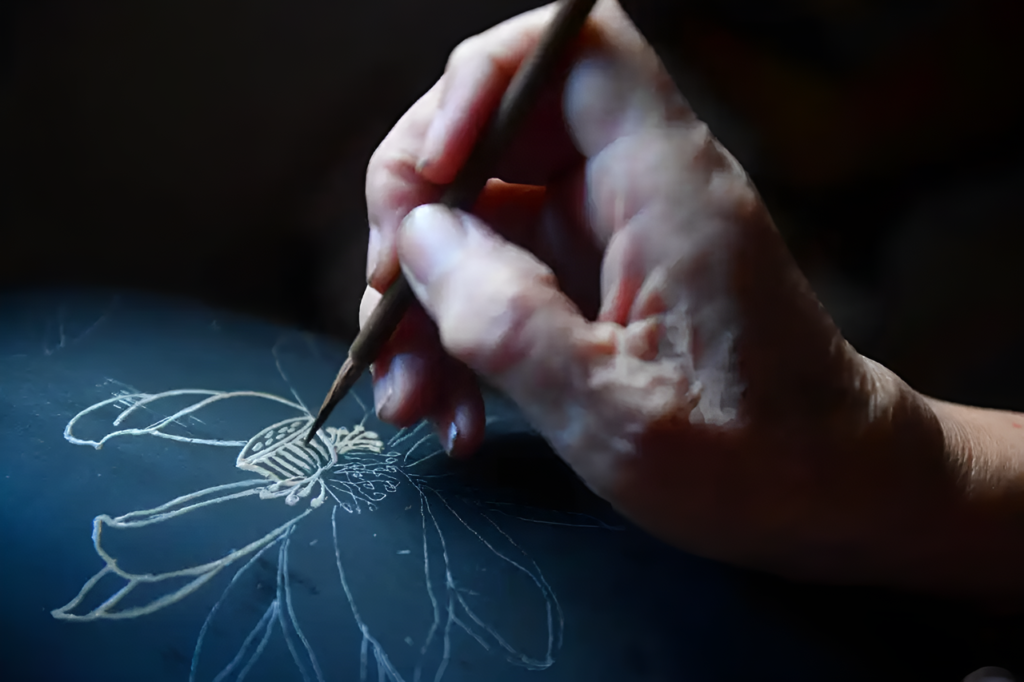
Cultural Significance: A Symbol of Eastern Aesthetics and Confidence
Fuzhou Bodiless Lacquerware is not merely an exquisite handicraft but also a symbol of Eastern aesthetic confidence and Chinese cultural confidence. The cultural connotations it embodies are rich and profound, like a thick history book recording the wisdom and emotions of the Chinese nation.
Its lacquer art techniques, shapes, colors, textures, and tactile qualities all permeate traces of the artist’s spirit. Each piece embodies the aesthetic thinking of the craftsmen, who in the production process are not only pursuing exquisite craftsmanship but also expressing their love for life, their pursuit of beauty, and their inheritance of culture. The ancients said, “As if cutting, as if carving, as if chiseling, as if polishing.” The creation and development of Fuzhou Bodiless Lacquerware, every step interprets that lacquerware making is not just a technical expression of smoothness, brightness, and fineness, but also an artistic creation that endows the work with profound connotations in the production process. The so-called “lacquer as a vessel, the great Dao resides within,” represents the Eastern aesthetic concept and the Chinese cultural heritage.
In Fuzhou Bodiless Lacquerware, we can see the Eastern culture’s reverence and praise for nature and life. The application of its colors often draws from nature, such as the azure of the sky, the delicate beauty of flowers, and the emerald green of leaves. Through the ingenious handling of lacquer art, these natural beauties are solidified on the objects, allowing people to feel the magic and charm of nature. At the same time, its shapes and patterns also contain rich cultural meanings. For example, the dragon and phoenix symbolizing auspiciousness, and plum blossoms, orchids, bamboo, and chrysanthemums representing noble character. These connotations not only embody the traditional values of the Chinese nation but also make Fuzhou Bodiless Lacquerware an important carrier for inheriting culture.
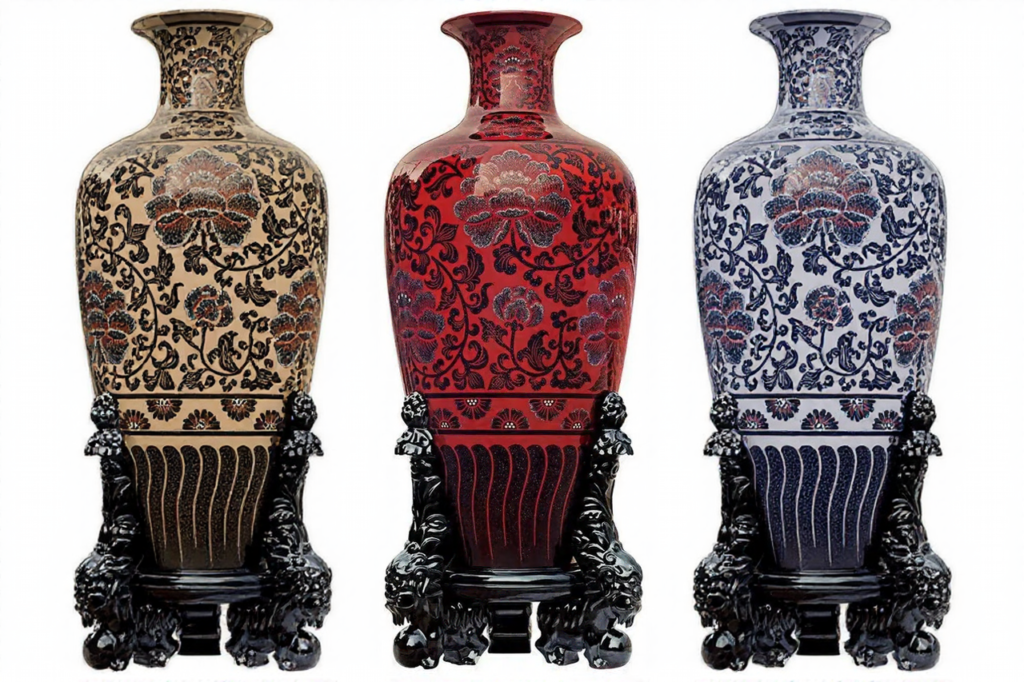
Inheritance and Future: A New Chapter on the Path of Intangible Cultural Heritage
In 2006, the Fuzhou Bodiless Lacquerware technique was included in the first batch of the National Intangible Cultural Heritage List, marking the beginning of the revival of the Fuzhou Bodiless Lacquerware industry. In today’s era, with the increasing emphasis on traditional culture, Fuzhou Bodiless Lacquerware has ushered in new development opportunities but also faces many challenges.
To better inherit and develop this ancient skill, many lacquer artisans and inheritors are dedicated to the transmission and innovation of techniques. On the one hand, they adhere to traditional craftsmanship, strictly following the ancient production processes and techniques to ensure the quality and characteristics of Fuzhou Bodiless Lacquerware are continued. They are like guardians of treasures, regarding the skills passed down by their ancestors as life, carefully feeling the essence of each process, and using their hands to create the perfection of each work.
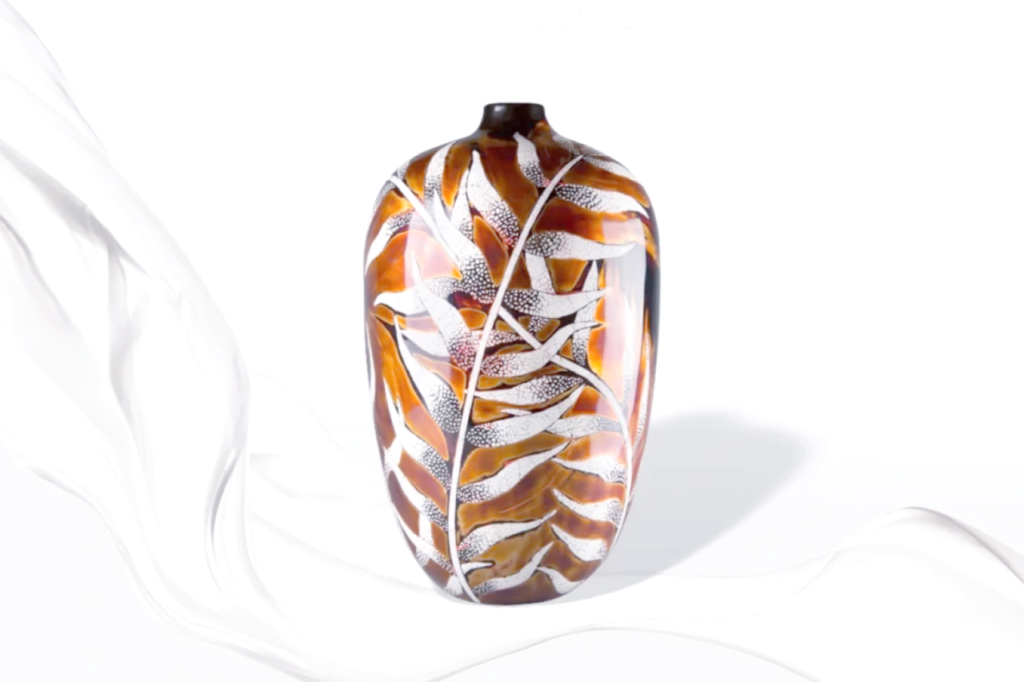
On the other hand, they actively explore innovation, integrating modern design concepts and aesthetic ideas into their works to develop more products that meet contemporary market demands. For example, some lacquer artisans combine Fuzhou Bodiless Lacquerware with modern home decoration, designing a series of lacquer ornaments and furniture that have both traditional charm and modern aesthetics. Others combine lacquer art with fashion elements to create exquisite lacquer jewelry and accessories, which are popular among young people.
At the same time, the government and various sectors of society have increased their efforts to protect and support Fuzhou Bodiless Lacquerware. The government provides support to lacquer art inheritors by introducing relevant policies, establishing inheritance bases and museums, and holding exhibitions and training activities to create a favorable environment for the inheritance and development of lacquer art. Various sectors of society also actively participate, using media publicity and cultural exchanges to allow more people to understand and recognize Fuzhou Bodiless Lacquerware, enhancing its popularity and influence.
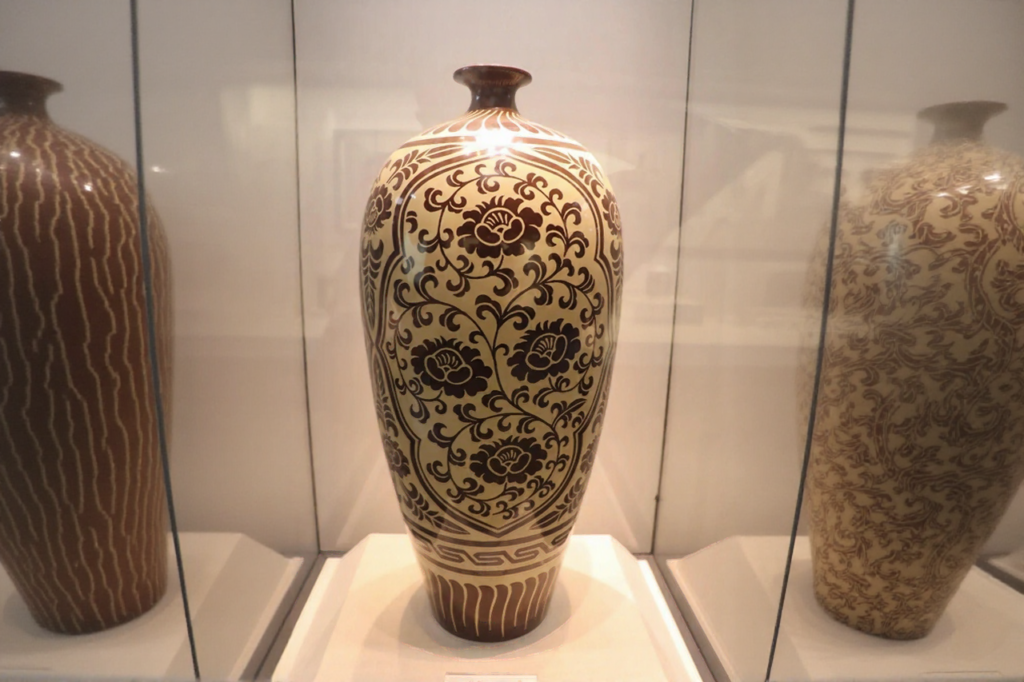
In addition, the education sector has also begun to pay attention to the inheritance of Fuzhou Bodiless Lacquerware. Some universities and vocational colleges have established lacquer art-related majors and courses, cultivating a group of professional lacquer art talents. These talents not only have a solid theoretical foundation and professional skills but also possess innovative and market awareness, injecting new vitality into the development of Fuzhou Bodiless Lacquerware.
Fuzhou Bodiless Lacquerware, this treasure of a thousand-year-old craft, has experienced vicissitudes in the long river of history but has always radiated its unique charm. It is the crystallization of the wisdom of the Chinese nation and an outstanding representative of Chinese traditional culture. In the years to come, it is believed that with the joint efforts of the government, various sectors of society, and lacquer artisans, Fuzhou Bodiless Lacquerware will continue to forge ahead on the path of inheritance and innovation, blooming with even more splendid brilliance, allowing the world to appreciate the infinite charm of Chinese traditional craftsmanship and becoming a vivid testament to the cultural rejuvenation of the Chinese nation.
